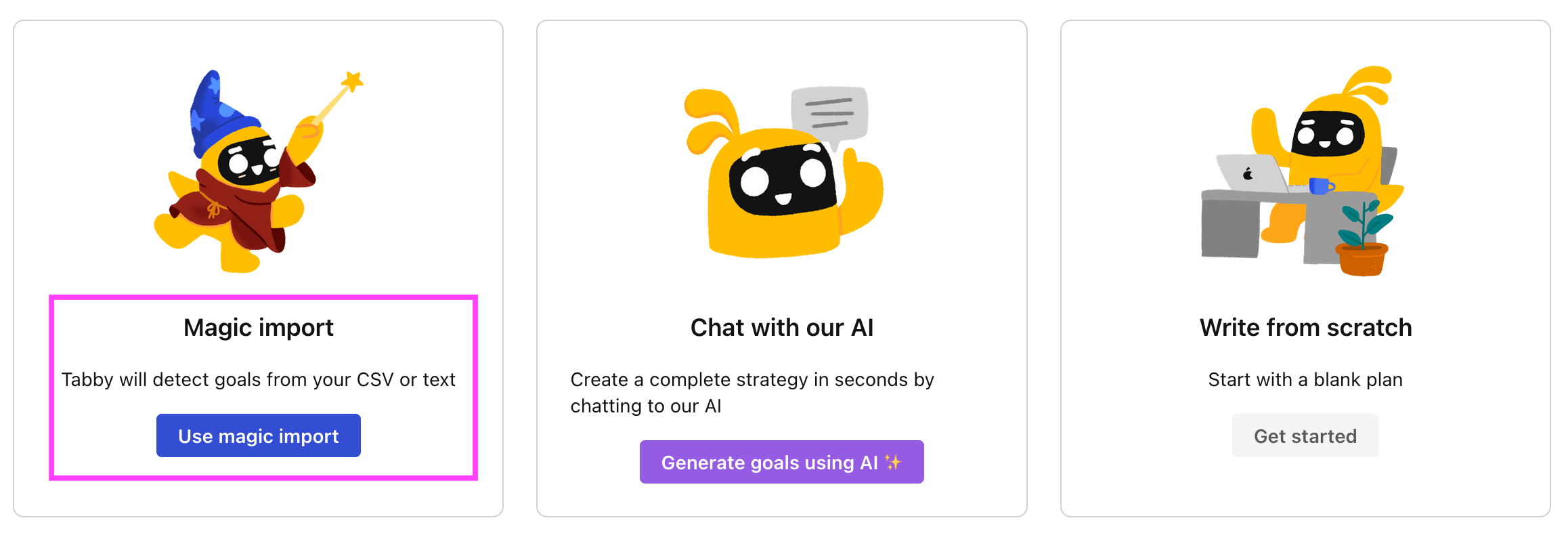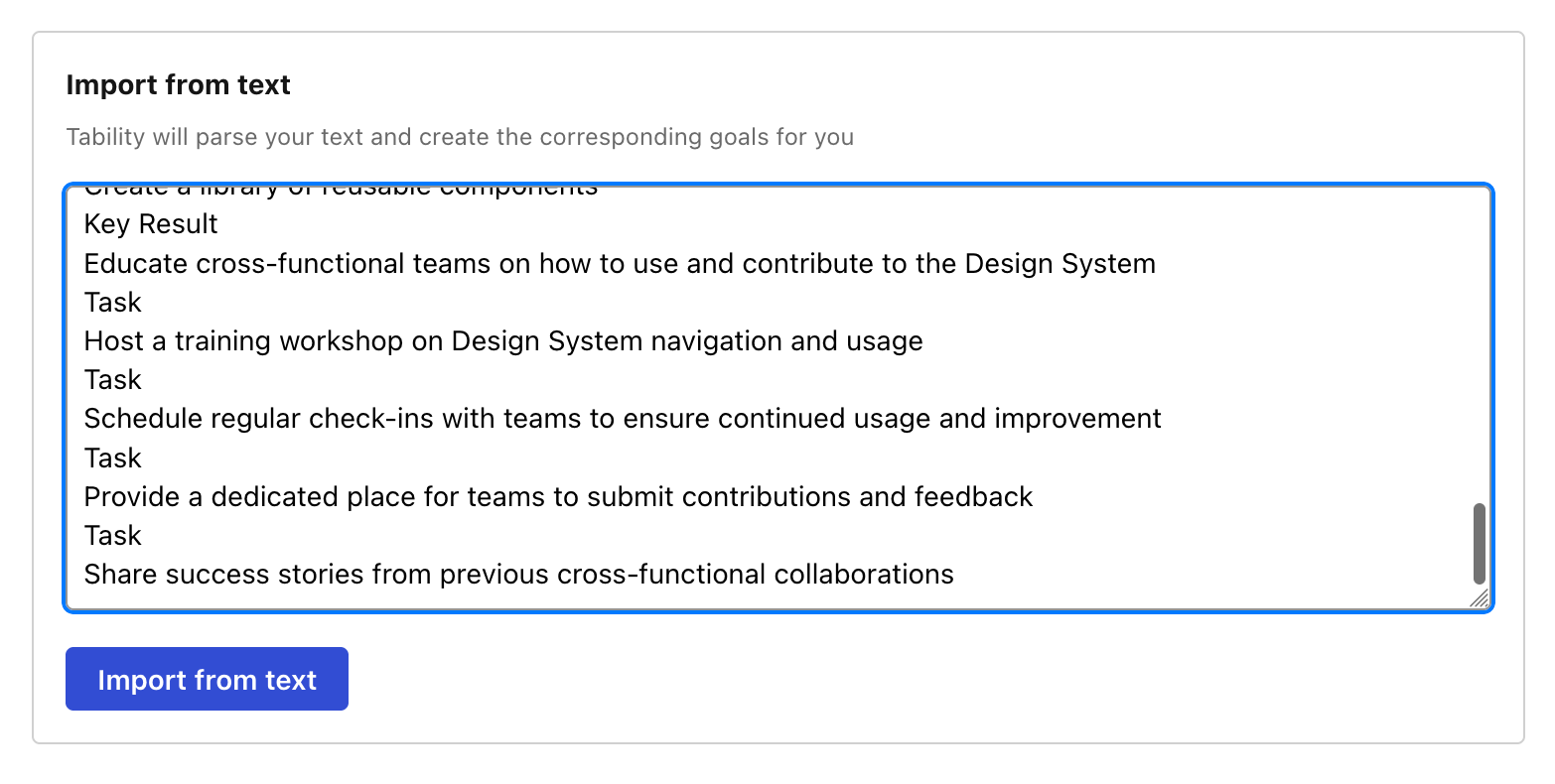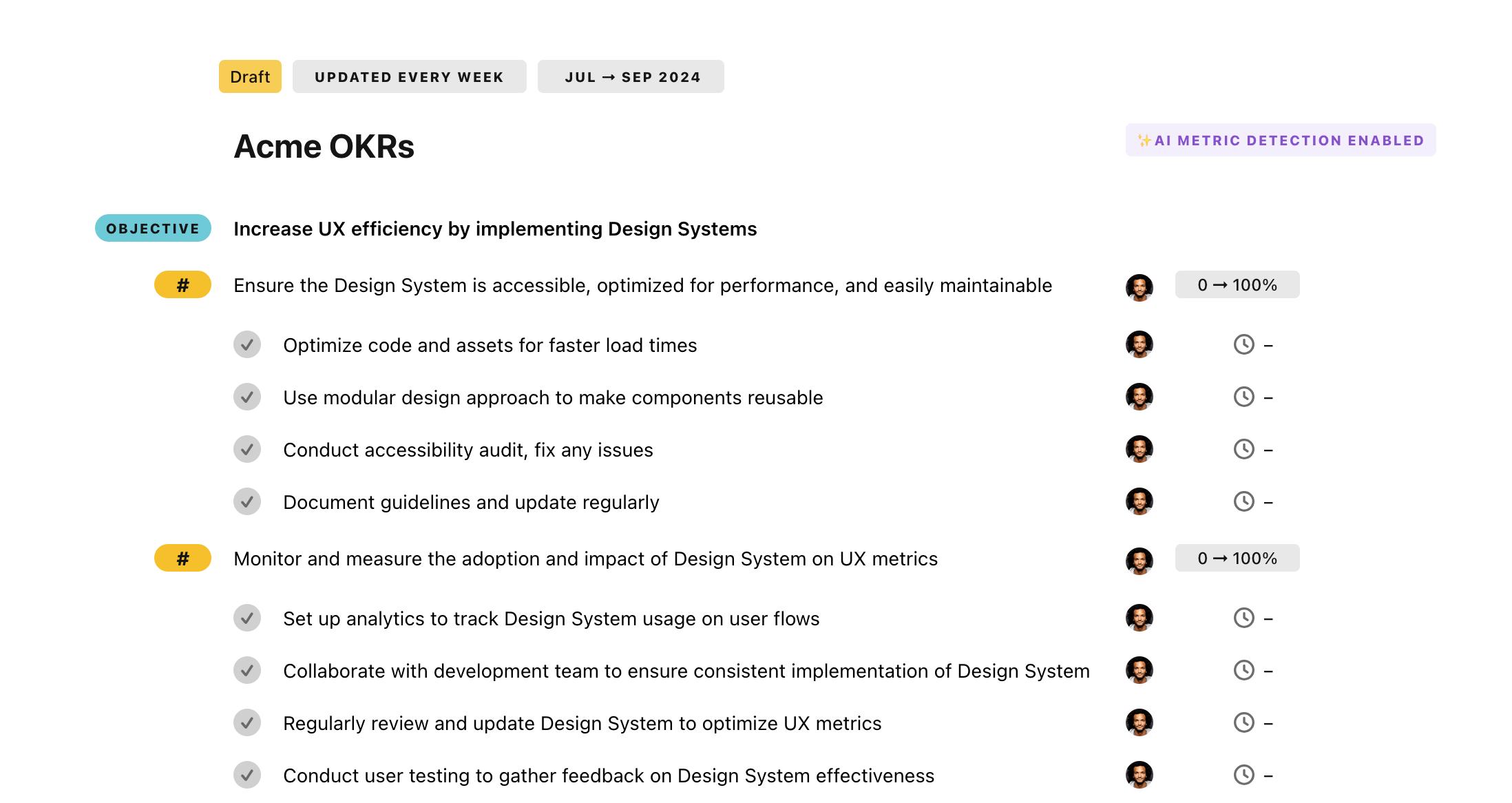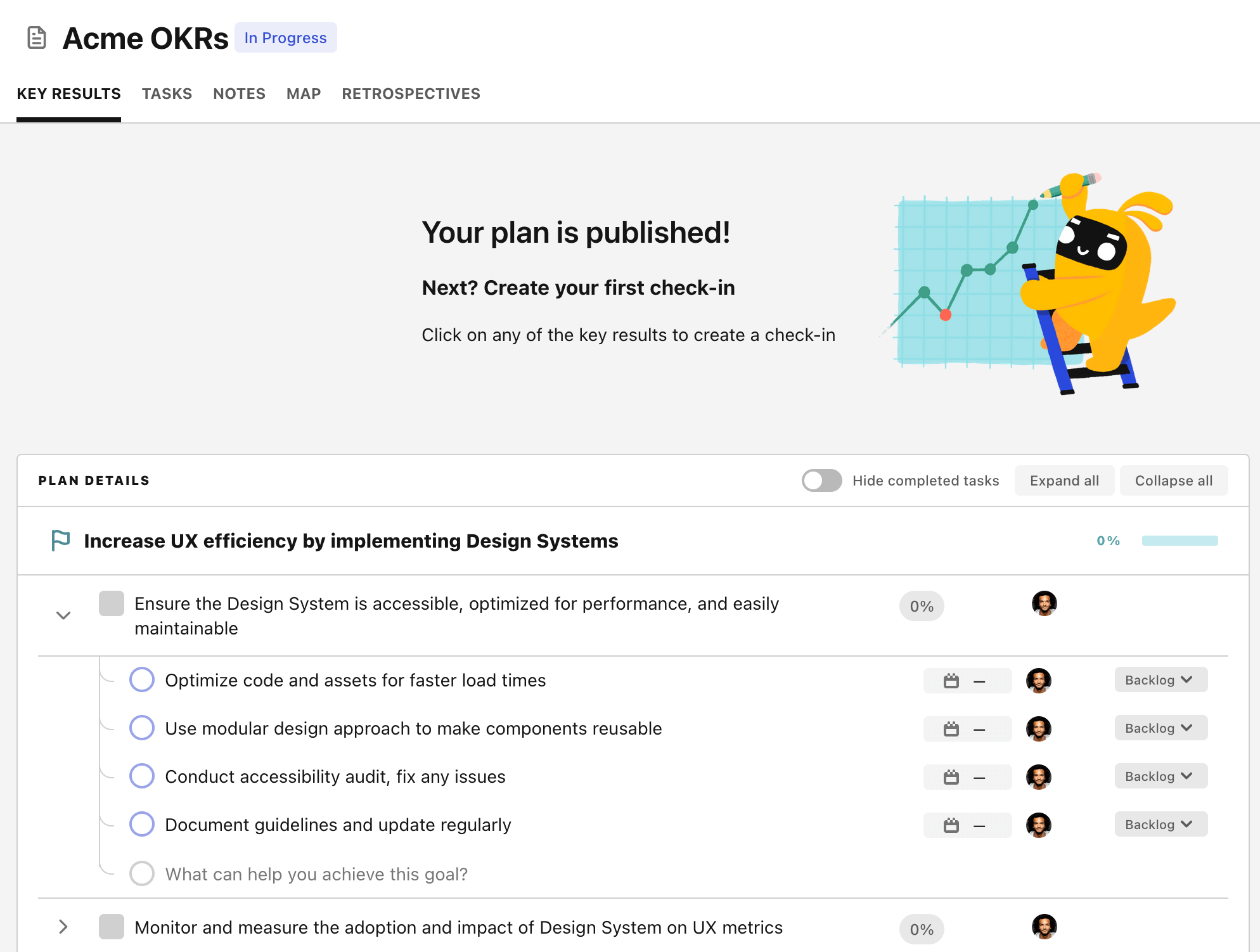OKR template to improve overall customer satisfaction
Your OKR template
The second objective focuses on addressing negative reviews swiftly, within 48 hours of receiving them. To achieve this, the OKR lays out some initiatives like delegating response duties to team members, creating a standard reply for all negative reviews, and monitoring the reviews and response times daily. This strategy is crafted to ensure customer grievances are handled efficiently.
The third objective underscores the need to decrease negative reviews by 15%. The initiatives for this objective include implementing a customer feedback follow-up system, improving customer service training, and enforcing strict quality control measures on products. This speaks to the desire to proactively avert customer dissatisfaction before it happens, and if it does, ensure that it is handled in the best possible manner.
In summary, the OKR is geared towards the augmentation of customer satisfaction. It emphasizes developing better customer engagement, fast handling of negative reviews, and the decline of negative reviews through improved service delivery and product quality control measures.
ObjectiveImprove overall customer satisfaction
KRIncrease positive feedback response rate by 20%
Send follow-up reminders to non-respondents
Offer incentives for completing feedback surveys
Develop a short, engaging feedback form for customers
KRImplement response strategy for all negative reviews within 48 hours
Delegate review responses to team members
Design a standard reply for all negative reviews
Monitor reviews and response times daily
KRDecrease negative reviews by 15%
Initiate a customer feedback follow-up system to resolve issues promptly
Improve customer service training for better customer interactions
Implement strict quality control measures for products
How to edit and track OKRs with Tability
You'll probably want to edit the examples in this post, and Tability is the perfect tool for it.
Tability is an AI-powered platform that helps teams set better goals, monitor execution, and get help to achieve their objectives faster.
With Tability you can:
- Use AI to draft a complete set of OKRs in seconds
- Connect your OKRs and team goals to your project
- Automate reporting with integrations and built-in dashboard
Instead of having to copy the content of the OKR examples in a doc or spreadsheet, you can use Tability’s magic importer to start using any of the examples in this page.
The import process can be done in seconds, allowing you to edit OKRs directly in a platform that knows how to manage and track goals.
Step 1. Sign up for a free Tability account
Go tohttps://tability.app/signup and create your account (it's free!)
Step 2. Create a plan
Follow the steps after your onboarding to create your first plan, you should get to a page that looks like the picture below.

Step 3. Use the magic importer
Click on Use magic import to open up the Magic Import modal.
Now, go back to the OKR examples, and click on Copy on the example that you’d like to use.

Paste the content in the text import section. Don’t worry about the formatting, Tability’s AI will be able to parse it!

Now, just click on Import from text and let the magic happen.

Once your example is in the plan editor, you will be able to:
- Edit the objectives, key results, and tasks
- Click on the target 0 → 100% to set better target
- Use the tips and the AI to refine your goals
Step 4. Publish your plan
Once you’re done editing, you can publish your plan to switch to the goal-tracking mode.

From there you will have access to all the features that will help you and your team save hours with OKR reporting.
- 10+ built-in dashboards to visualise progress on your goals
- Weekly reminders, data connectors, and smart notifications
- 9 views to map OKRs to strategic projects
- Strategy map to align teams at scale